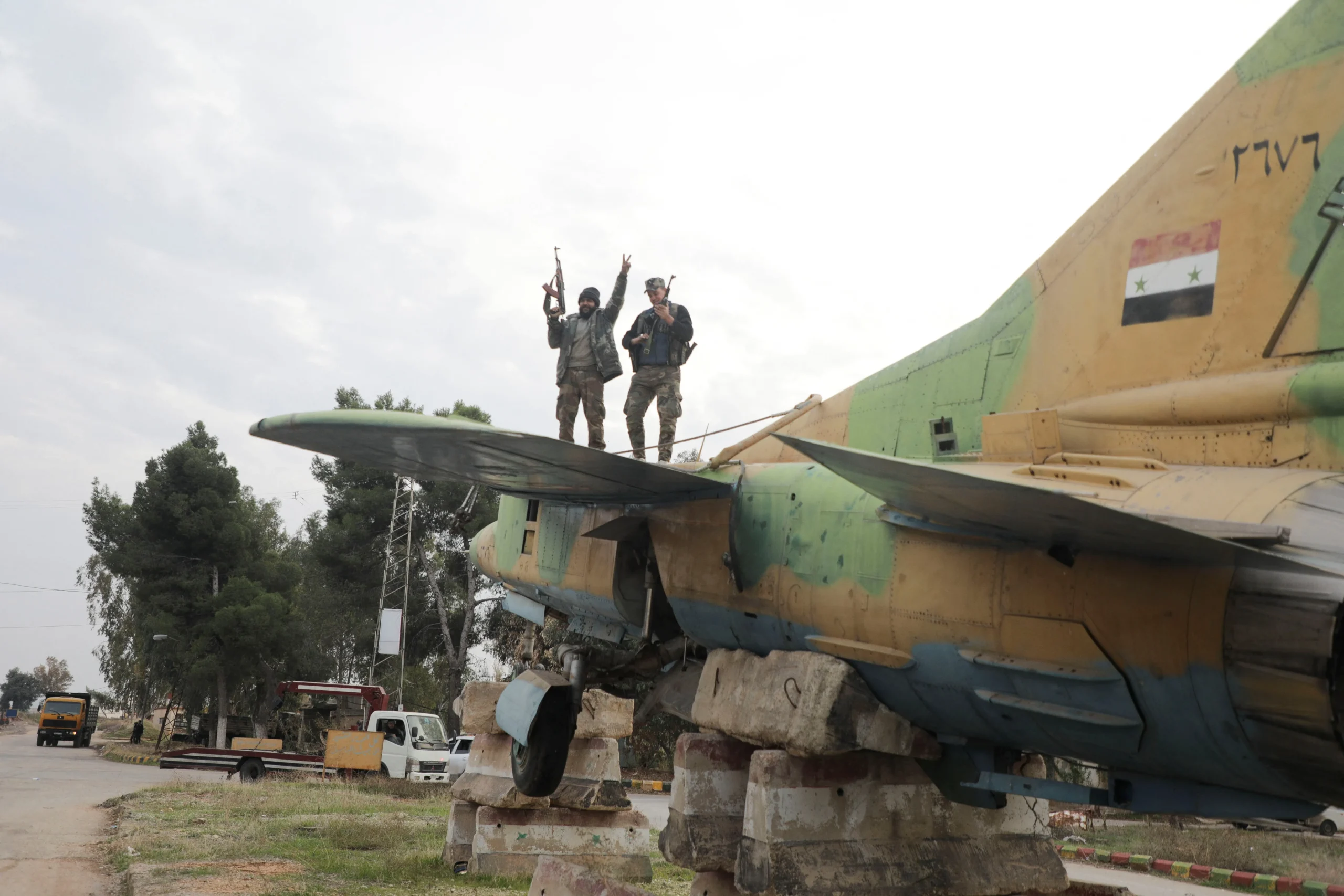Rebels Storm Damascus: The Fall of Assad’s 50-Year Regime Begins
Damascus trembles as rebel forces launch an unprecedented assault on the Syrian capital, marking a potentially historic turning point in a conflict that has ravaged the nation for over a decade. The long-standing Assad regime, which has dominated Syrian politics since 1970, now faces its most critical challenge as rebel groups converge on the city’s strategic centers.
The Unfolding Crisis
Rebel coalitions, comprising various factions from moderate groups to more radical elements, have been systematically advancing towards Damascus in recent weeks. Intelligence reports suggest a coordinated effort that has caught the Assad regime’s military forces off-guard, creating a potentially transformative moment in Syria’s turbulent political landscape.
Historical Context of Conflict
The roots of this moment trace back to the Arab Spring protests of 2011, when peaceful demonstrations against the Assad regime were met with brutal military crackdowns. What began as calls for democratic reforms quickly escalated into a multi-faceted civil war that has claimed over 500,000 lives and displaced millions of Syrians.
Key Developments
- Rebel Advances: Multiple rebel groups have penetrated Damascus’s outer districts
- Military Positioning: Strategic locations are being systematically targeted
- International Attention: Global powers are closely monitoring the unfolding situation
International Implications
Foreign powers have long played complex roles in the Syrian conflict. Russia and Iran, who have consistently supported Assad’s regime, now face the potential collapse of their regional ally. Conversely, the United States, Turkey, and Gulf states have maintained support for opposition groups, creating a geopolitical powder keg.
Humanitarian Concerns
The potential fall of Damascus raises critical humanitarian questions. Millions of civilians remain trapped in a conflict zone, with infrastructure decimated and essential services disrupted. The United Nations has repeatedly warned about the potential for widespread civilian casualties during such urban warfare scenarios.
Economic and Social Impact
Syria’s economy has been systematically destroyed by years of conflict:
– 80% of population living below poverty line
– Massive infrastructure destruction
– Complete economic breakdown
The Rebel Coalition
Unlike previous narratives of a unified opposition, today’s rebel forces represent a complex mosaic of ideological and strategic interests. From moderate democratic advocates to more radical Islamist groups, the coalition demonstrates both strength and potential internal fragmentation.
Potential Scenarios
The fall of Damascus could trigger multiple potential outcomes:
1. Complete regime collapse
2. Prolonged urban warfare
3. International intervention
4. Power vacuum leading to further fragmentation
Expert Perspectives
“This could be the beginning of the end for the Assad regime, but the path forward remains incredibly uncertain,” says Dr. Sarah Henderson, Middle East political analyst at Georgetown University.
Looking Forward
While the rebel assault represents a critical moment, experts caution against premature celebration. The potential power vacuum could create opportunities for extremist groups or lead to prolonged instability.
Conclusion
As rebel forces push deeper into Damascus, Syria stands at a potential historical crossroads. The 50-year Assad regime might be witnessing its final days, but the future remains unpredictable and fraught with challenges.
Disclaimer: This report is based on current available information and may be subject to rapid changes in the ongoing conflict.
Note to Readers: The situation in Syria remains fluid, and developments can change rapidly. Stay informed through verified international news sources.






Leave a Comment